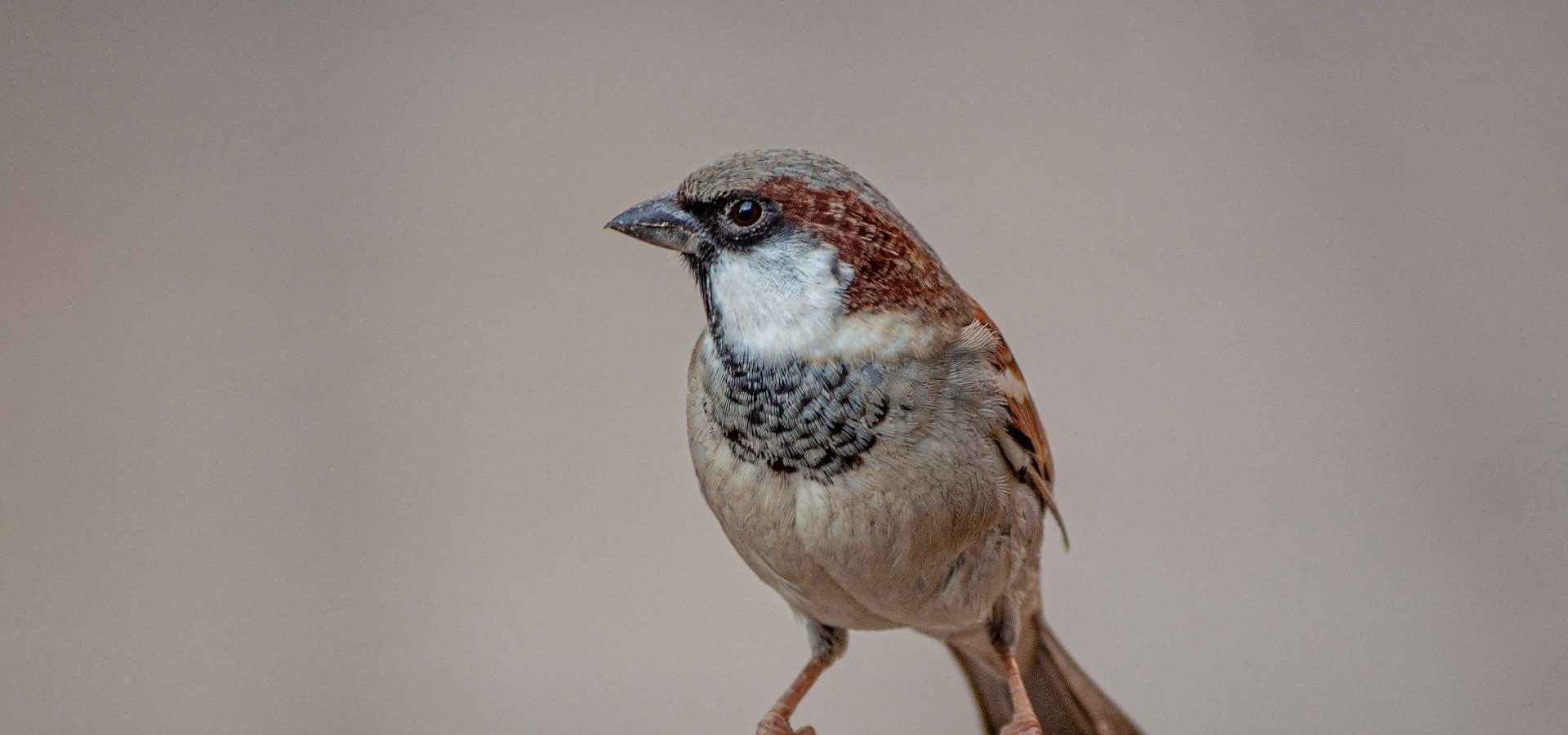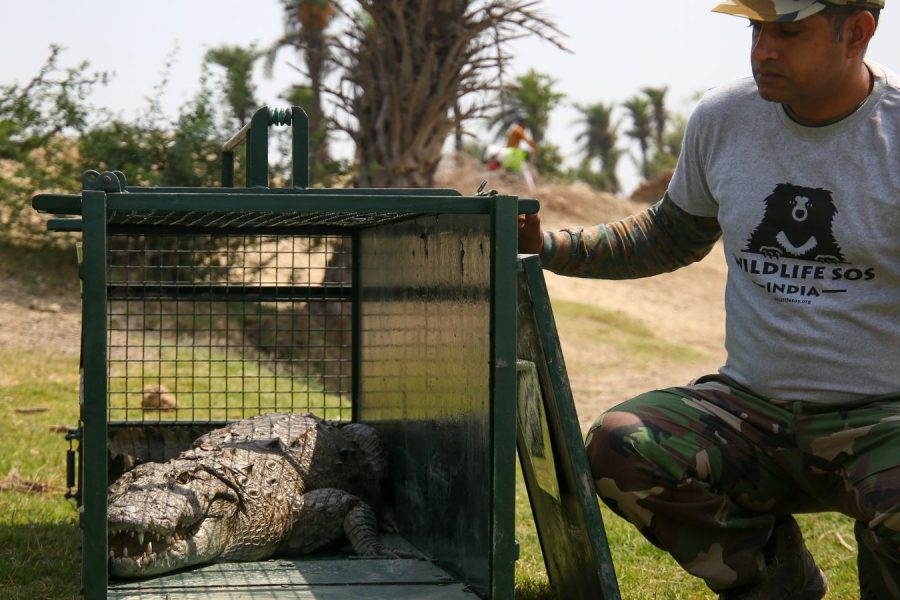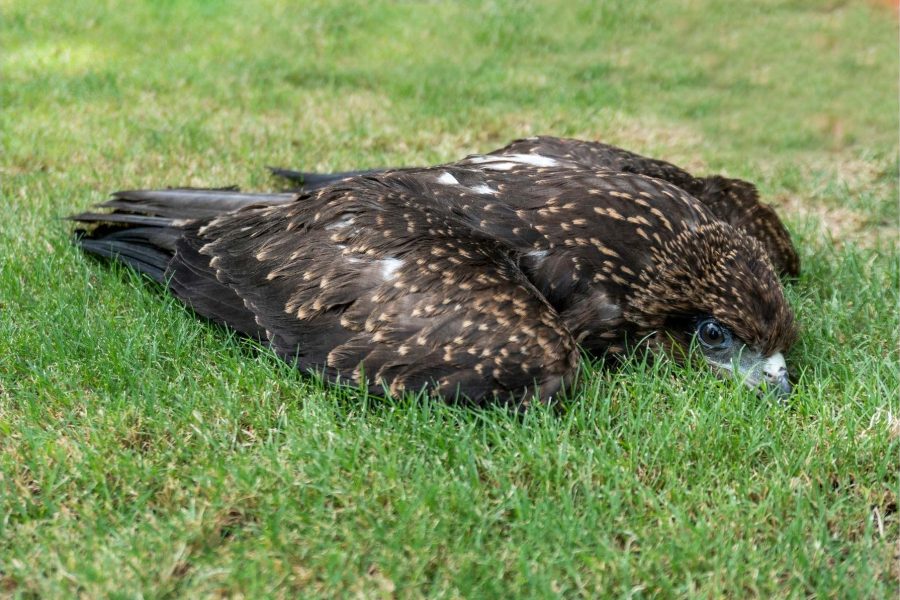It was The Great Sparrow Campaign that caused a massive ecological imbalance that resulted in one of the greatest famines known to history. Let’s rewind: In 1985, Chinese communist revolutionary Mao Zedong initiated a program called “The Great Leap Forward” which aimed at social and economic reforms to transform China’s agriculture and industry. As a part of this program, he enforced the collectivization of agriculture by starting the Great Sparrow Campaign, which aimed at eliminating sparrows. He felt that sparrows were parasites that ate a lot of food grains and crops, ruining the farmers’ hard work. What he didn’t realise was that by doing this, the actual pests that the sparrows fed on were now free to feed on the crops!
The decline of sparrows eventually led to crop destruction by locusts, and consequently, the death of 45 million people from starvation and drought. This disaster is a perfect example of how eliminating even a single element from nature can affect our food chain. Every hasty decision we take to interfere with the environment can lead to a downward spiral effect.

Throughout history, scientists have observed that the extinction of one species often triggers the extinction of another. For example, if the population of a predator becomes extinct, there would be no threat to the population of the prey, and their numbers would keep increasing. The overpopulated animal would in turn overgraze and leave the lands barren, threatening the survival of other species like insects, rodents and reptiles that lived within the foliage.
Throughout history, we have seen plenty of species go extinct due to natural selection, but these species have often been replaced with stronger variants that were able to adapt and evolve. Nowadays, human intervention is causing various species to reach the brink of extinction at an unnatural and alarming rate. It can be quite dangerous to balance the ecosystem if any species go extinct as we know that this will trigger the loss of another species.
Threats to a keystone species are capable of causing the ecosystem to collapse. For instance, the declining population of the Asian Elephant has the capability to greatly harm the environment. Elephants are known as “ecosystem engineers”. They are large animals that alter the landscape of the area they traverse. They use their tusks to dig up water holes in drying riverbeds and uproot trees along their route. They migrate over long routes in large herds and their dung is full of seeds and nutrients that help plants grow, thus creating new habitats for other animals. The decline of Asian elephants is due to the destruction of their habitat. If the elephant population declines further, then thriving forests will also disappear.
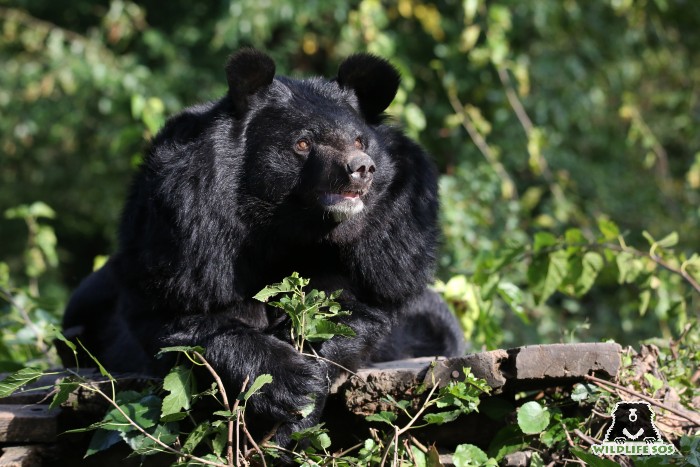
Another trend seen in history is the decline of butterflies and bees due to habitat loss, poor agricultural practices, other invasive species and climate change. Since butterflies and bees are important pollinators, their decline is bound to hamper plant growth and cause major ecological imbalance. If bees suddenly went extinct, it would lead to the loss of various varieties of fruits and vegetables that depend on insect pollination. With limited resources, all 7 billion people on this planet, along with various other species, would have to struggle to sustain themselves.
Human activities are destroying more and more of our biodiversity hotspots at an alarming rate. A biodiversity hotspot refers to a place that is extremely rich in flora and fauna. Though biodiversity hotspots cover only 1.4% of the earth, they are home to more than 60% of the planet’s species. They inhabit various endemic species that are only found here and nowhere else in the world. The destruction of these hotspots will lead to the extinction of various species.
The Himalayan region is a hotspot with over 10,000 species of plants and over 300 species of mammals. Despite the fact that this region is mostly inaccessible due to its geographic isolation and harsh weather conditions, it is still undergoing a drastic change. Mining, overgrazing, slash-and-burn agriculture, construction of roads and illegal construction of houses on steep slopes are just a few from a long list of reasons that are leading to the degradation of the area. Furthermore, poaching and hunting of various animals like the vulnerable snow leopard is rampant. Warming climate and rapid melting of snow have also led to shrinking habitats for various animals that are adapted to alpine regions.
Even life at the base of the ocean is not excluded from the dangers of ecological imbalance. Coral reefs, which act as homes to most aquatic species in the ocean, are getting bleached at an alarming rate. A coral reef is created through a symbiotic relationship between the corals and algae. The corals act as shelters for the algae, which in turn perform photosynthesis and provide oxygen. However, corals need a particular climate to survive and the increase in ocean temperatures stresses out the corals, causing them to expel the algae, thereby losing their colour. Poorly managed tourism and pollution contribute to the destruction of coral habitats.
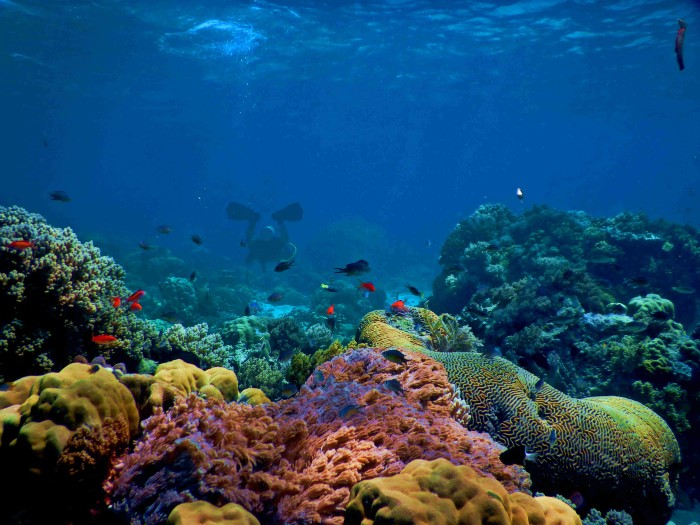
If the corals die, fish and other organisms that used these reefs as their home will also cease to exist. Coral bleaching also poses a threat to various fishing communities that depend on the ocean for their sustenance and livelihood. According to some reports by IUCN, more than 500 million people all over the world are directly dependent on coral reefs for their survival, and most of these happen to be from poorer countries. When coral bleaching occurs and all the relying animals around the area die out, these communities would not have any source of food or income left.
We can take lessons in conservation from success stories that have been recorded throughout history. For example, the bald-headed eagle population dropped drastically in North America in the mid-1990s due to killing, poisoning and the use of pesticides. However, quick action was taken to ban the use of DDT pesticides (responsible for causing reproductive issues in these birds) and the eagles were artificially bred and reintroduced into the wild. Though this species was nearly extinct, conservation efforts proved fruitful and the population was stabilized.
It is important to protect biodiversity hotspots and the species living in these areas to ensure that we preserve our diverse ecosystems. Since humans have been the catalyst for hastening the extinction of species all over the world, it is our responsibility to prevent the collapse of our ecosystem.

